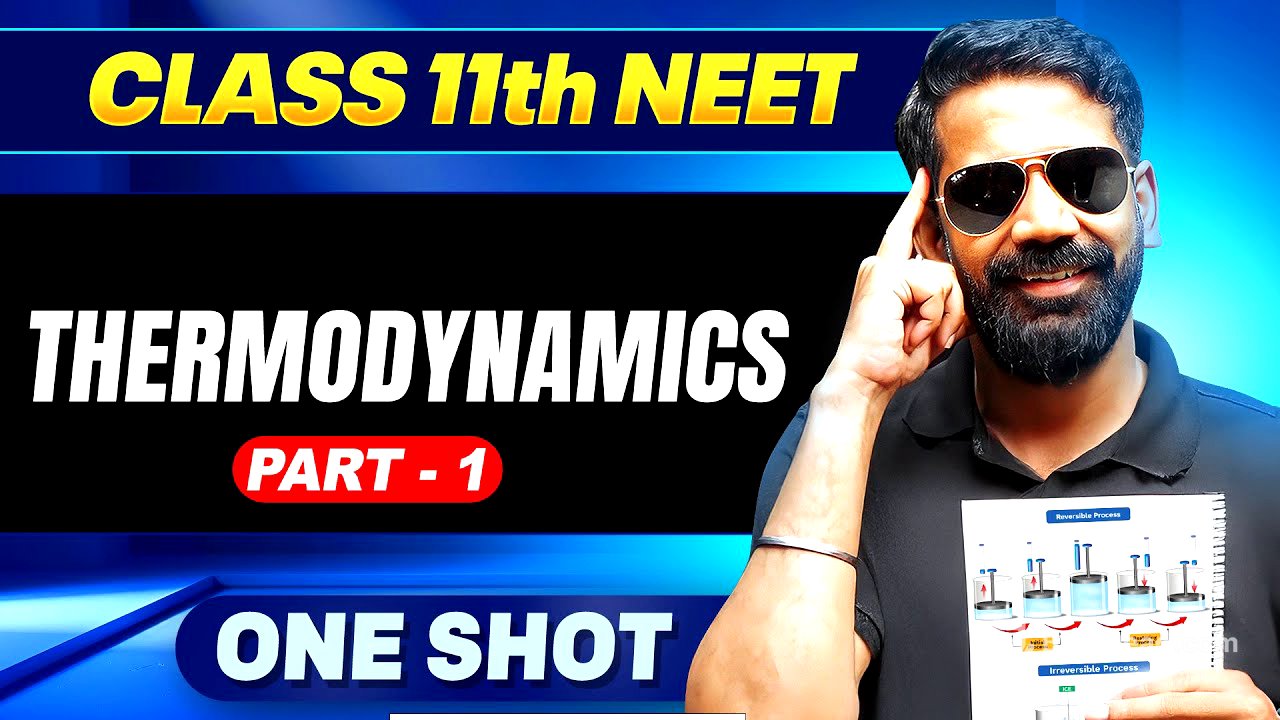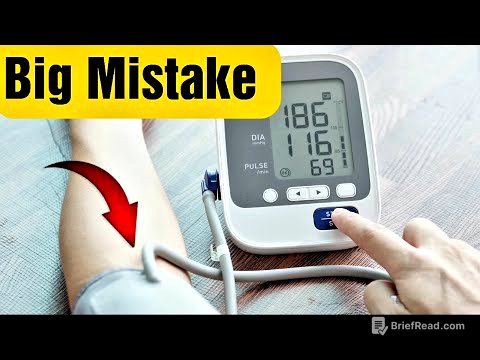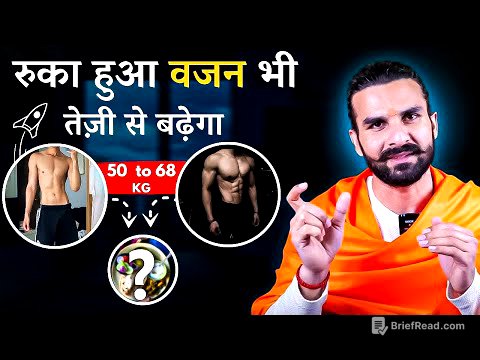TLDR;
This video provides a comprehensive overview of thermodynamics and thermochemistry, covering fundamental concepts, definitions, and various types of thermodynamic processes. It explains key terms like ideal gas, system, surroundings, and different types of walls and systems. The lecture also discusses state functions, path functions, internal energy, heat, work, and the first law of thermodynamics. Furthermore, it covers enthalpy, heat capacity, Hess's law, and different types of enthalpies, including bond energy and enthalpy of atomization.
- Thermodynamics and thermochemistry fundamentals
- System types and properties
- Thermodynamic processes and functions
- Enthalpy and heat capacity
- Hess's law and enthalpy calculations
Introduction [0:00]
The lecture begins with a welcome and an introduction to the chapter on thermodynamics and thermochemistry, highlighting its importance in both chemistry and physics. The instructor expresses hope that students will be able to answer at least three questions in the NEET paper from this chapter, aiming for a perfect score.
Ideal Gas [3:30]
The discussion starts with ideal gases, focusing on energy changes during expansion, compression, or chemical reactions. Thermodynamics helps determine whether a reaction will occur but does not provide information about the reaction's speed, which is covered in chemical kinetics.
System [6:40]
A system is defined as the part of the universe where a reaction is taking place, such as a container with an ideal gas. Everything outside the system is considered the surroundings. The combination of the system and surroundings constitutes the universe.
Surrounding [8:28]
The surrounding is everything outside the system. The universe is the combination of the system and the surrounding.
Types of Walls [9:20]
There are two types of walls: diathermic and thermally insulated. Diathermic walls allow energy exchange between the system and surroundings, while thermally insulated walls do not. Energy exchange can occur through heat or work. Work is done when the boundary is movable, such as a piston moving up or down.
Types of System [20:27]
Three types of systems are defined: open, closed, and isolated. An open system exchanges both energy and matter with the surroundings. A closed system exchanges energy but not matter. An isolated system exchanges neither energy nor matter. A thermos flask is given as an example of an isolated system.
State of a System [27:35]
The state of a system is its condition, which can be described using four state variables: pressure (P), volume (V), temperature (T), and number of moles (n). Knowing these variables provides knowledge of the system's state. The ideal gas law, PV = nRT, can be used to find one variable if the other three are known.
Properties of a System [30:48]
Systems have two types of properties: extensive and intensive. Extensive properties depend on the amount of matter in the system (e.g., mass, volume, energy), while intensive properties do not (e.g., temperature, refractive index, molar mass). Concentration terms like molarity, molality, and mole fraction are intensive properties.
Types of Processes [41:29]
Several types of processes are defined: isothermal (constant temperature), adiabatic (no heat exchange), isobaric (constant pressure), isochoric (constant volume), and cyclic (initial and final states are the same). Reversible processes occur infinitely slowly, maintaining equilibrium, while irreversible processes are fast and real.
State Function [1:01:32]
State functions depend only on the initial and final states of the system, not on the path taken (e.g., pressure, volume, temperature, internal energy, enthalpy, entropy, and Gibbs free energy). Small changes in state functions are denoted by "d," while large changes are denoted by "delta."
Path Function [1:03:20]
Path functions depend on the path taken during a process (e.g., heat and work). Small changes in path functions are denoted by "del."
Internal Energy [1:06:02]
Internal energy (U or E) is the sum of all energies within a system, including nuclear, rotational, vibrational, and electronic energies. It depends on temperature and, for non-ideal gases, also on volume. For ideal gases, it depends only on temperature. Energy absorbed by the system is positive, while energy released is negative.
Heat [1:15:30]
Heat (q) is a mode of energy transfer between the system and surroundings. The amount of heat is calculated using the formula q = m * c * delta T, where m is mass, c is specific heat, and delta T is the change in temperature. Heat absorbed is positive, while heat released is negative.
Work [1:19:24]
Work (w) is another mode of energy transfer between the system and surroundings. The formula for work done is w = -P_ext * delta V, where P_ext is external pressure and delta V is the change in volume. For reversible processes, w = -nRT * ln(V2/V1). Work done on the system is positive, while work done by the system is negative.
First Law of Thermodynamics [1:25:14]
The first law of thermodynamics states that energy is conserved: delta U = q + w. For isothermal processes, delta U = 0, so q = -w. For adiabatic processes, q = 0, so delta U = w. For isochoric processes, w = 0, so delta U = q_v. For isobaric processes, q_p = delta H.
Enthalpy [1:36:47]
Enthalpy (H) is defined as H = U + PV. The change in enthalpy (delta H) is equal to the heat change at constant pressure (q_p). Delta H = delta U + P * delta V. Delta H is positive for endothermic reactions and negative for exothermic reactions.
Heat Capacity [1:56:17]
Heat capacity (C) is the amount of heat required to raise the temperature of a substance by 1 Kelvin. Specific heat capacity is for 1 gram of a substance, while molar heat capacity (Cm) is for 1 mole. Cp is heat capacity at constant pressure, and Cv is heat capacity at constant volume. Cp is always greater than Cv. For ideal gases, Cp - Cv = R.
Poison’s Ratio [2:03:56]
Poisson's ratio (gamma) is the ratio of Cp to Cv (gamma = Cp/Cv). For monoatomic gases, gamma = 1.66; for diatomic gases, gamma = 1.4; for triatomic or polyatomic gases, gamma = 1.33. For mixtures of gases, the average Cp and Cv are used to calculate gamma.
Isothermal Reversible Expansion [2:10:35]
In an isothermal reversible expansion, the work done is w = -nRT * ln(V2/V1). Since delta T = 0, delta U = 0 and delta H = 0.
Isothermal Irreversible Expansion [2:13:08]
In an isothermal irreversible expansion, the work done is w = -nRT * (1 - P2/P1).
Free Expansion of an Ideal Gas [2:14:32]
In the free expansion of an ideal gas, the external pressure is zero, so no work is done (w = 0). Therefore, delta U = 0 and delta H = 0.
Isochoric Vs Isobaric Process [2:15:49]
In an isochoric process, the volume is constant, so no work is done (w = 0). Therefore, delta U = q_v. In an isobaric process, the pressure is constant, and q_p = delta H.
Isothermal Vs Adiabatic Expansion [2:30:50]
In isothermal expansion, PV = constant. In adiabatic expansion, PV^gamma = constant. The slope of the adiabatic curve is steeper than that of the isothermal curve.
Adiabatic Expansion Continues [2:48:18]
Formulas for adiabatic processes are provided, including the relationships between temperature, volume, and pressure.
Hess Law [2:58:00]
Hess's law states that the enthalpy change for a reaction is the same whether it occurs in one step or multiple steps. This is because enthalpy is a state function.
Laws of Thermochemistry [3:01:01]
If two reactions are added, their delta H values are also added. If a reaction is reversed, the sign of delta H is also reversed. If a reaction is multiplied by a stoichiometric coefficient, the value of delta H is also multiplied by the same coefficient.
Different types of Enthalpies [3:07:20]
Different types of enthalpies are discussed, including enthalpy of formation, standard enthalpy of formation, enthalpy of combustion, enthalpy of hydrogenation, enthalpy of hydration, enthalpy of solution, enthalpy of ionization, enthalpy of allotropic transformation, enthalpy of fusion, enthalpy of vaporization, and enthalpy of sublimation.
Break [3:24:25]
A break is announced at 1:30, with the class to resume in 20 minutes.
Class continues [3:49:45]
The class resumes, continuing the discussion on different types of enthalpies.
Bond energy [4:20:15]
Bond energy is the energy required to break a bond in a diatomic gaseous molecule, forming isolated gaseous atoms.
Enthalpy of atomisation [4:23:27]
Enthalpy of atomization is the enthalpy change when one mole of a compound is completely broken down into isolated gaseous atoms.
Thank you bachhon [4:29:27]
The lecture concludes with a thank you message to the students.









